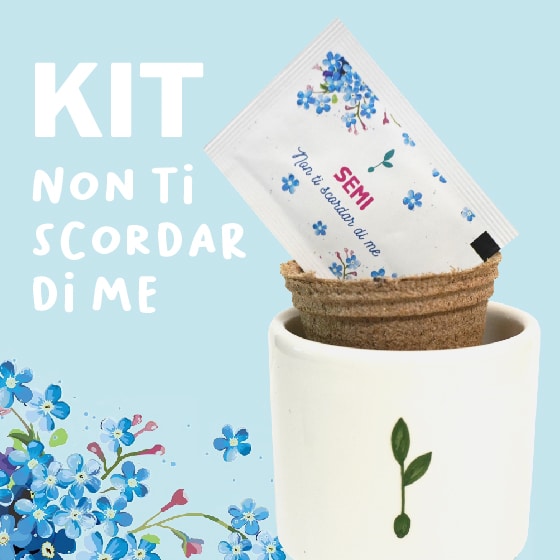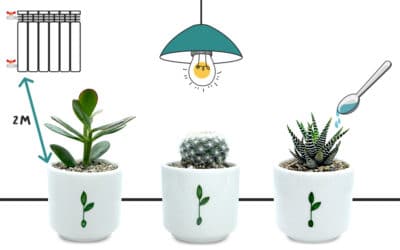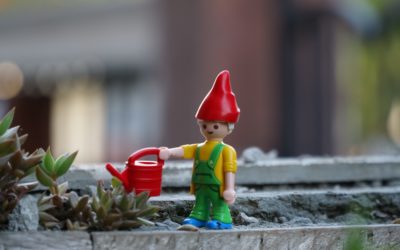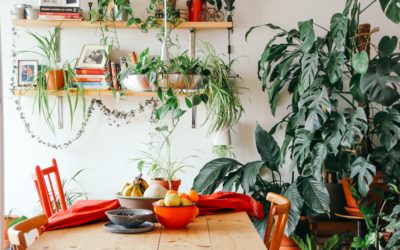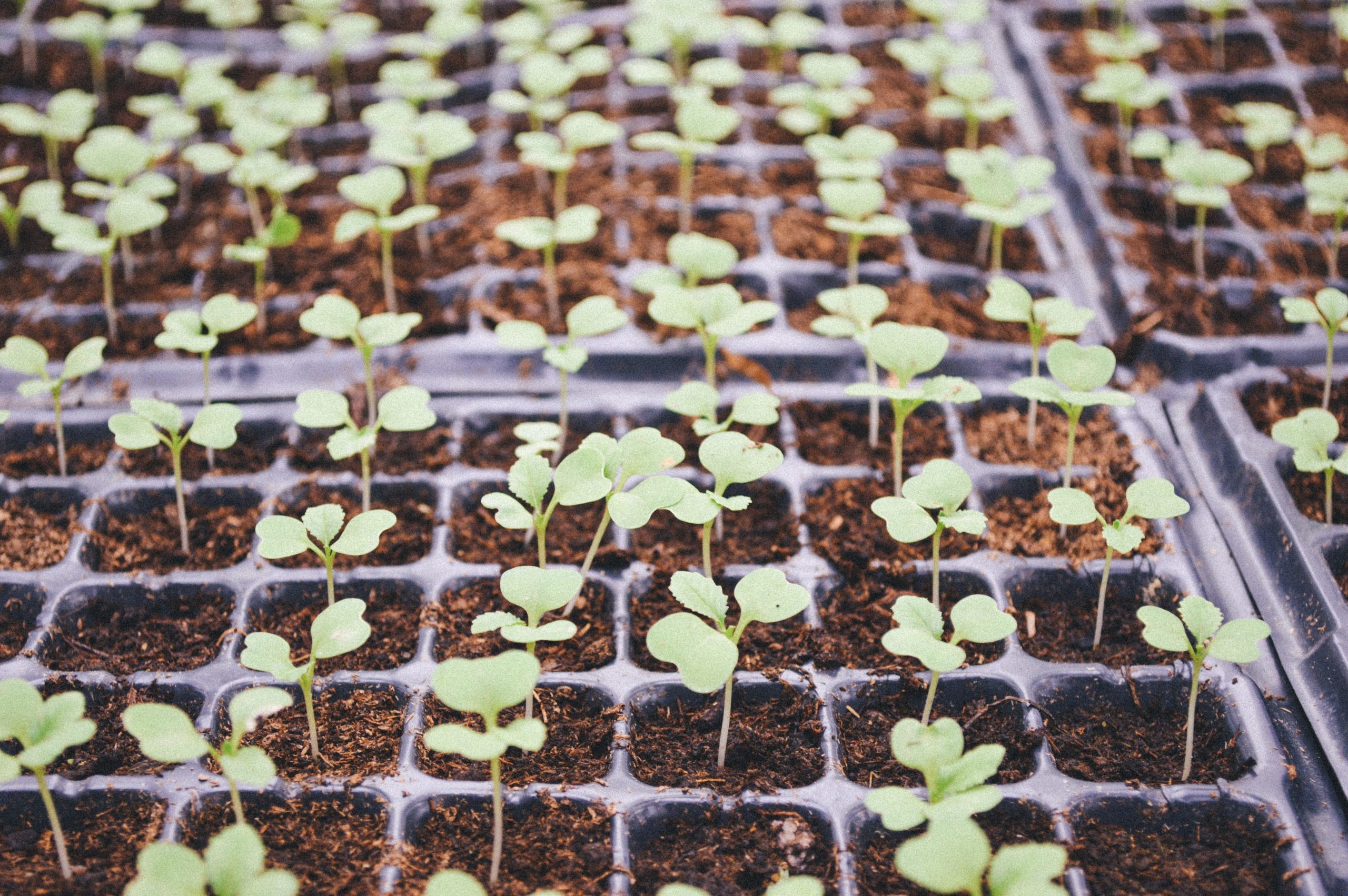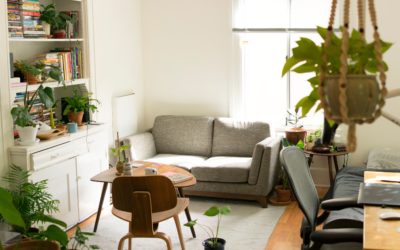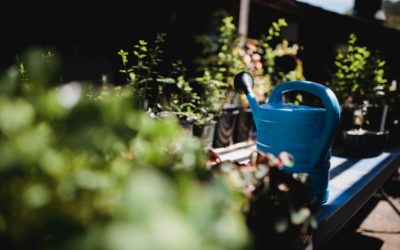Come prenderti cura delle tue piante grasse
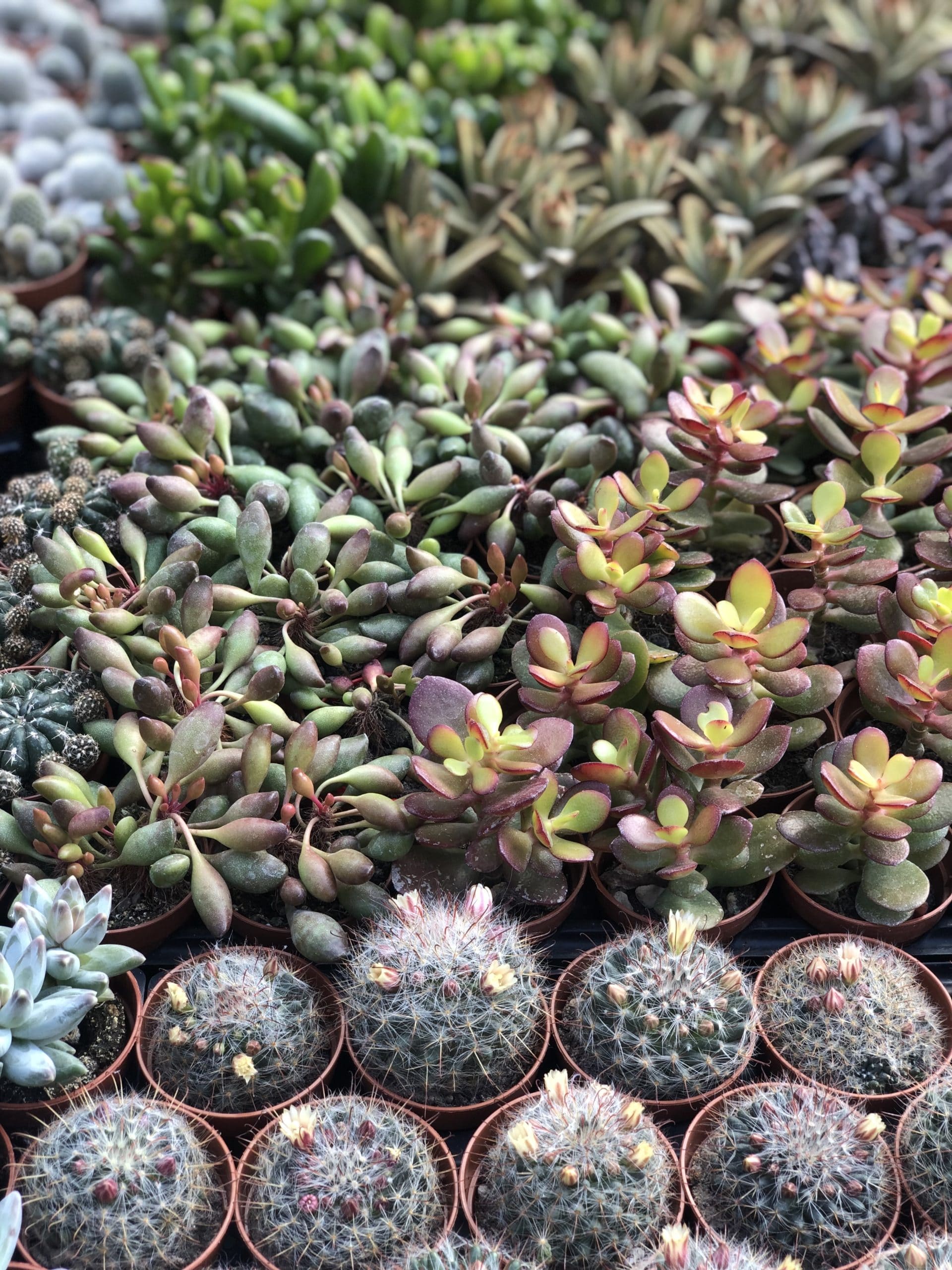
Le piante succulente, da molti conosciute anche come piante grasse, sono molto amate. In primis perché nella maggior parte dei casi è molto facile prendersi cura di loro ma anche grazie alle loro forme così curiose e al loro fascino esotico.
Sono piante originarie di climi secchi e caldi, e dovendo sopportare per lunghi periodi la più o meno completa mancanza d’acqua, presentano particolari modificazioni della loro struttura, le più evidenti sono:
• foglie assenti, ridotte (spesso trasformate in spine) o di forma sferica;
• la forma di crescita è compatta: colonnare, sferica o a cuscino compatto.
Crescendo prevalentemente in zone aride e desertiche, dove si alternano periodi di grande siccità a periodi di piogge più o meno intense, si adattano perfettamente a luoghi con bassa umidità e temperatura calda e costante, come gli interni delle nostre case.
Le succulente, infatti, temono l’umidità, che può causare funghi o muffe, quindi bisogna posizionarle in un luogo asciutto e con una buona aerazione; oltre che con la giusta luminosità.
Non è possibile dare indicazioni generali sulle irrigazioni perché a seconda della zona di provenienza, ogni singola specie di succulenta avrà il proprio periodo di riposo, quindi senza acqua, da dover rispettare.
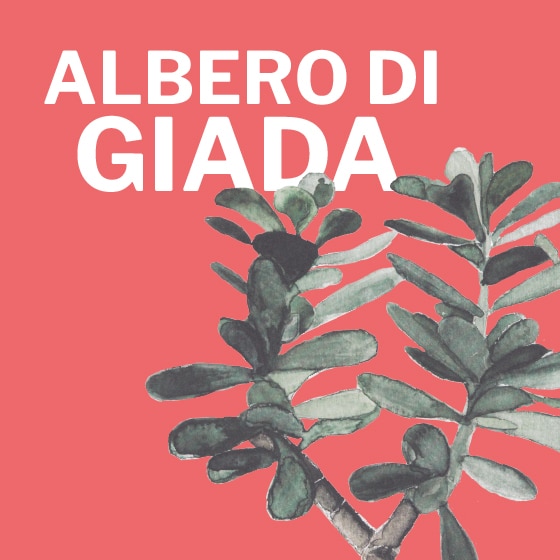
La Crassula Ovata, meglio nota con il nome di albero di giada, è una succulenta originaria dell’Africa meridionale appartenente alla famiglia delle Crassulaceae.
L’albero di giada è una pianta estremamente popolare e molto semplice da coltivare.
Il fogliame è composto da foglie ovali, di un verde chiaro e molto carnose. Talvolta, il bordo di esse può avere una colorazione rossastra.
Temperatura ed esposizione
La Crassula è amante del tepore e dell’aria; in particolare d’estate è bene sistemarla vicino ad una finestra aperta se non si ha la possibilità di spostarla fuori. È importante che si sistemi in una zona luminosa in tutte le stagioni dell’anno, ma d’estate si consiglia di spostarla dall’influsso diretto dei raggi solari per non far bruciare le foglie (es. non dietro il vetro di una finestra chiusa perché la concentrazione dei raggi sarebbe troppo forte).
Annaffiatura
La Crassula si annaffia con moderazione, da marzo a settembre, solo quando il terriccio è ben asciutto. Da metà novembre e fino a metà marzo le irrigazioni vanno sospese fino alla primavera, per rispettare il periodo di riposo vegetativo.
È importante non lasciare il terriccio troppo umido o acqua stagnante in quanto i ristagni idrici non sono tollerati e causano il marciume delle radici.
Curiosità
In Cina è ritenuta un simbolo di buona fortuna, comunemente chiamata anche albero dei soldi perché si crede possa portare prosperità, ricchezza e fortuna.

Comunemente chiamati cactus, le Cactaceae sono piante inusuali e facilmente identificabili che sono riuscite ad adattarsi ad ambienti estremamente aridi e caldi, sviluppando diverse caratteristiche fisiologiche e anatomiche per conservare l’acqua. I loro fusti si sono adattati diventando succulenti e fotosintetici, mentre le foglie, molto spesso, sono diventate le spine, una delle caratteristiche più distintive delle piante di questa famiglia. Si presentano in forme e dimensioni molto diverse tra loro, da piccole e globose a grandi e colonnari.
Temperatura ed esposizione
Le cactacee richiedono ambienti areati, luminosi e soleggiati con un bassissimo tasso di umidità.
Durante l’estate è consigliabile collocarle in un luogo luminoso ma non sotto i raggi del sole diretto, in modo da non esporle a temperature troppo elevate: quelle ottimali sono comprese fra 25 e 32 °C. Durante l’inverno, invece, la maggioranza delle cactacee entrano in dormienza, necessitano quindi di un completo riposo, di una buona aerazione e vanno conservate fra 0 e 15 °C.
Annaffiatura
In estate, i cactus vanno annaffiati ogni 10 -15 giorni, lasciando però asciugare completamente il terreno tra un’annaffiatura e l’altra. In autunno e primavera vanno innaffiati con parsimonia. Durante l’inverno, invece, l’apporto idrico va ridotto man mano che il freddo aumenta: il terriccio deve essere mantenuto asciutto e l’acqua andrà data solo una volta al mese, altrimenti con terriccio umido, il freddo farà molti danni.
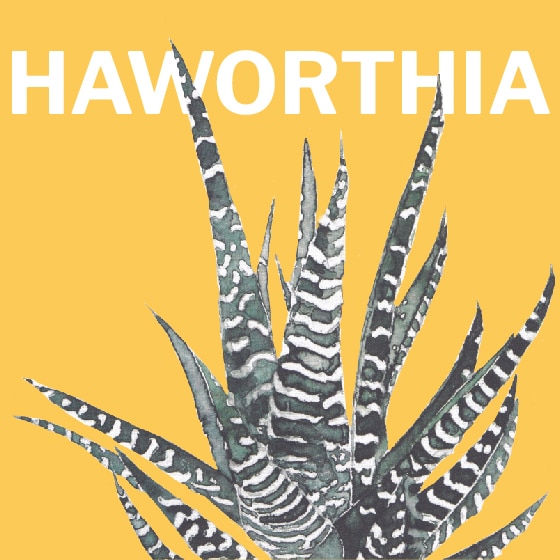
Le Haworthia sono piante succulente originarie del Sudafrica appartenenti alla famiglia delle Xanthorrhoeaceae. Sono piccole piante con foglie carnose e dotate di un portamento a rosetta, facili da coltivare e perfette piante da appartamento a scopo ornamentale. Perfetta se si cerca una pianta per “principianti”.
Temperatura ed esposizione
Mentre la maggior parte delle piante grasse amano il pieno sole, le Haworthie sono più adatte alle condizioni di semi-ombra, quindi sono perfette come piante da interno. La luce e il calore intensi possono provocare bruciature facilmente identificabili dalla colorazione rossastra delle punte.
Annaffiatura
A fine inverno, durante il periodo di massima crescita vegetativa, occorre irrigare più frequentemente (ogni 10 -15 giorni) lasciando però asciugare completamente il terreno tra un’annaffiatura e l’altra. Durante i mesi caldi, invece, si può lasciare più tempo tra un’annaffiatura e l’altra (circa 1 volta al mese). Si può però vaporizzare la pianta.
Durante l’inverno le irrigazioni si possono sospendere quasi in toto.
Curiosità
Hanno un aspetto molto simile all’Aloe e alle Gasterie, infatti l’identificazione di queste specie a volte è difficile a causa dei numerosi ibridi presenti in natura. L’origine del nome delle Haworthia è un omaggio al botanico Adrian Hardy Haworth, uno dei suoi primi studiosi.
Piccolo e delicato fiore selvatico dai petali azzurro intenso, il Non ti scordar di me (dal greco Myosotis che significa “orecchie di topo” per via della forma e della morbidezza delle sue foglie) è simbolo del ricordo, dell’amore e della speranza.
Temperatura ed esposizione
Il Non ti scordar di me per poter fiorire copiosamente predilige i luoghi soleggiati ma riparati dal vento e dai raggi solari diretti. È consigliabile quindi metterla a dimora in una zona a mezz’ombra.
Annaffiatura
Ama il terreno umido ma non fradicio quindi bisogna annaffiare regolarmente ma senza eccessi almeno una volta alla settimana nel periodo primaverile e più volte nei mesi estivi. La frequenza delle annaffiature deve tener conto anche delle condizioni climatiche locali e del terriccio utilizzato.
Curiosità e consigli
Dopo la semina, la superficie del terriccio andrà vaporizzata e arieggiata ogni giorno. Ci vorranno circa due settimane perché spuntino i primi germogli.
La fioritura del Non ti scordar di me è molto duratura. I fiori, infatti, sbocciano copiosi dalla primavera fino all’estate.
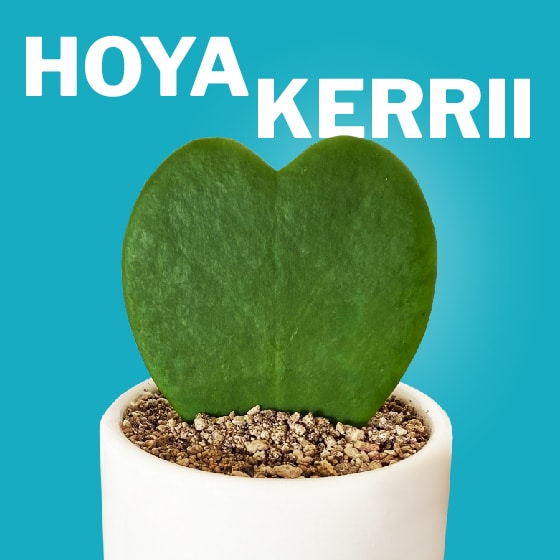
La Hoya Kerrii, ribattezzata in alcuni garden center come “Hoya Lucky Heart” per la particolare forma a cuore delle sue foglie, è una pianta d’appartamento rampicante proveniente dalle foreste pluviali nelle regioni più calde di Asia, Australia e isole del Pacifico. I fiori stellati, riuniti in infiorescenze ad ombrella alle ascelle delle foglie, sono cerosi, profumati e molto particolari che durano parecchio.
Temperatura ed esposizione
La Hoya non richiede accorgimenti particolari: vuole molta luce, senza sole diretto. La temperatura ideale in estate è di 27° mentre d’inverno non deve scendere sotto i 10°.
Annaffiatura
Le annaffiature dovranno essere regolari in estate, va bagnata e vaporizzata regolarmente, mantenendo il terreno umido ma evitando i ristagni d’acqua.
Durante i mesi freddi invece va bagnata solo quando il terriccio è asciutto.
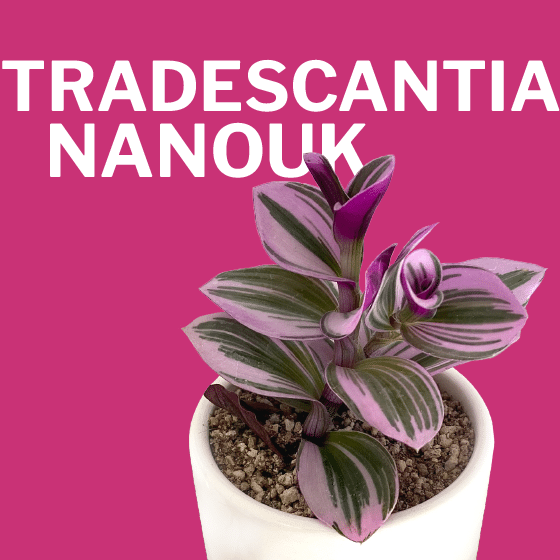
Originaria dell’America meridionale, la Tradescantia Nanouk è in grado di sopravvivere a condizioni molto difficili ed è una delle piante da appartamento più resistenti e facili da coltivare. Le sue foglie carnose presentano un colore verde smeraldo sfumato di rosa, porpora e crema.
Temperatura ed esposizione
La Tradescantia andrebbe collocata in luoghi molto luminosi ma non colpiti da raggi solari diretti che ne potrebbero scottane le foglie. Per evitare la perdita di colorazione della chioma non sono adatti gli ambienti troppo in ombra.
Annaffiatura
Al bisogno, senza eccessi né ristagni. Richiede un’irrigazione frequente in primavera e in estate, avendo cura di evitare i ristagni idrici. Durante il periodo autunno-invernale, invece, le annaffiature vanno ridotte di circa, la pianta è in stasi vegetativa e riesce a sopportare anche una moderata siccità.
Gli articoli dal nostro blog
Come prendersi cura delle nostre piante in inverno
Le temperature scendono ed è il momento di prepararsi.Le piante succulente, come sappiamo, sono...
Manuale di sopravvivenza per piante sole
Come prendersi cura delle nostre piante mentre siamo in vacanzaÈ tempo di vacanze e come ogni anno...
#iorestoacasa e preparo le piante alla primavera
4 accorgimenti da tenere a mente per preparare le tue piante da appartamento alla primaveraNon...
I vasi che non sapevi di avere
8 idee fai-da-te (da fare anche coi bambini) per dare nuova vita agli oggetti da buttare.Per poter...
Come disporre le piante nella tua casa
Ovvero, come ricreare uno stile green glam in casa senza dover cambiare le piante dopo un...
Guida succulenta per pollici neri
Poca acqua, troppa acqua? Ecco quanta acqua dare alle tue piante grasse (e quando).Sei atterrato...

